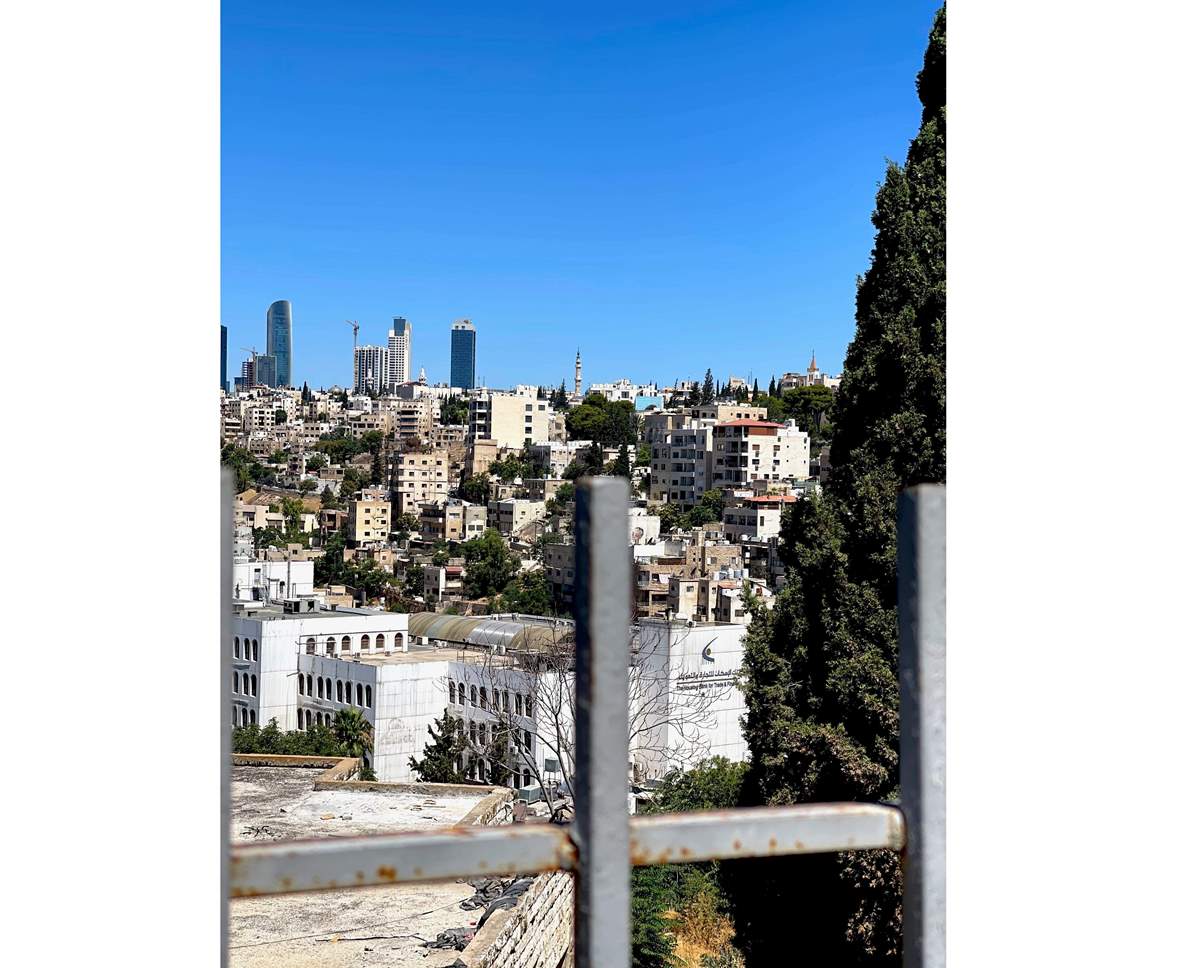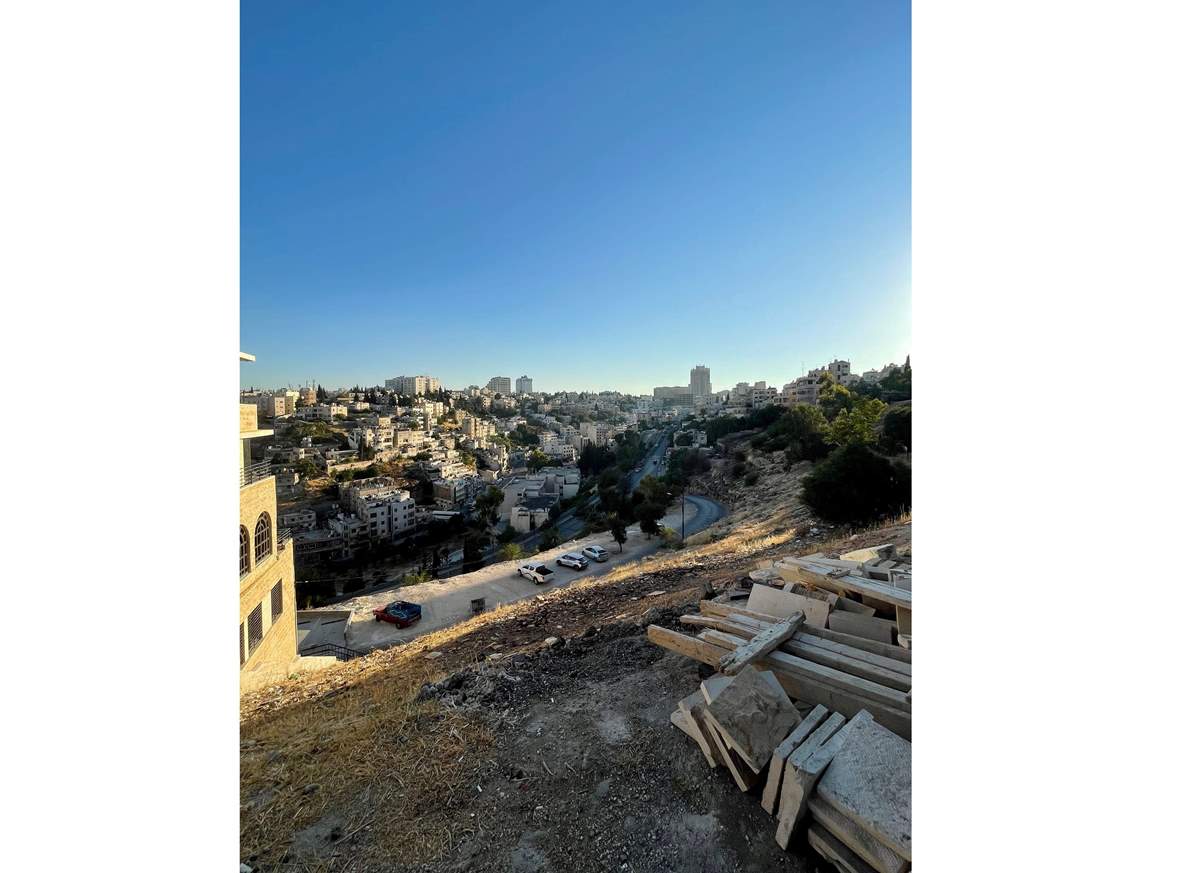AMMAN — Home to over 4 million inhabitants and once known as Philadelphia,
Amman is a city steeped in history.
اضافة اعلان
And while reformations have brought the metropolis to what is now considered modern-day Amman; it is a city overtly divided in two.
The split is not due to conflict as seen in cities like Berlin, Jerusalem, or Mostar, rather, it's a superficial split dividing historic East Amman and modern West Amman by way of socio-economic background.
 While Amman is a city steeped in history, it is also a city overtly divided in two. Jordan News will examine the city’s socio-economic divide in an upcoming series. (Photos: Zaina Zinati/JNews)
While Amman is a city steeped in history, it is also a city overtly divided in two. Jordan News will examine the city’s socio-economic divide in an upcoming series. (Photos: Zaina Zinati/JNews)
An emergence of domestic and monetary changes in the 1970s can be regarded as the crux of the fracture.
People typically favored neighborhoods based on similarities in economic circumstance, religion, ethnic, and social backgrounds. When an increase in earnings and the ability to purchase created new standards of living, it prompted those who could, to move into more coveted neighborhoods.
Additionally, more contemporary neighborhoods began to fill up, as those with the means to migrate did so, creating an informal chasm between the new and the old.
An analysis of the formation of residential neighborhoods in Amman by the International Journal of Planning, Urban, and Sustainable development found that the new neighborhoods that were materializing were separate in reputation, social environments, and way of life.
The real estate also differed, as the old city offered low-cost housing, whereas the new city presented a greater prestigious alternative.
As the expansion continued, so did the polarization of the city’s social structure, and the opportunities available on both sides. Looking through a lens, many of the wealthiest private schools and government institutions are located in West Amman. "It's not just the effect of wealth, it's the location of these relevant institutions, ministries, Prime Ministry, and certain institutions," said Laith Aktham Qusus, liaison officer of NGO Terres Des Hommes.
Qsous explained that because many government offices and embassies are located in West Amman, there was a motive for officials who work there to opt to live closer for ease of access.
"If we are talking about a cultural heritage issue, I think mainly the effect lies not just on the wealthiest families but also on those with certain backgrounds in relation to education, position of power, and influence to be honest.
The word I would use is influence," Qsous said in an interview with Jordan News.
Abdoun, one of the wealthiest and most notable areas in the city, is located on the west side. The affluent neighborhood is a strong contrast from the more dilapidated buildings in Al-Taj, Al-Ashrafiyah, Al-Nasr, Hashemi Shamali, or Al-Akhdar.
The international journal deduced that if gaps continued to emerge, "It may also lead to discrimination between neighborhoods which causes conflicts between population groups, and some neighborhoods in the city may transform into unsafe situations in which social ills spread and destroy the system of values and morals among citizens."
The evaluation further described segregation that could potentially increase and threaten the uniformity between citizens and sub-communities.
The underlying stereotypes will only serve to increase and exacerbate any existing rifts, the journal stated.
"People don't see this and how damaging a stereotype can be, and how much discrimination we are enmeshed in, and how commonplace it has become.
 While Amman is a city steeped in history, it is also a city overtly divided in two. Jordan News will examine the city’s socio-economic divide in an upcoming series. (Photos: Zaina Zinati/JNews)
While Amman is a city steeped in history, it is also a city overtly divided in two. Jordan News will examine the city’s socio-economic divide in an upcoming series. (Photos: Zaina Zinati/JNews)
This is why it is dangerous. We have to look at if we have pluralism, diversity, dialogue,” said Suha Ayyash, program director of I Dare for Sustainable development. “There is a misconception that because we are all the same culture, we don't have to open the dialogue. There is a lot of divisions within Amman."
Ayyash said that the specific socio-economic strata are evident, but that people should not generalize or stereotype because it hurts societal cohesion.
"I came across a young woman, who lives in Abdoun, goes out in Abdoun, does not leave Abdoun. She doesn't know anything apart from Abdoun. And this is Jordan for her, it's this one neighborhood. But when you look at it, this is right," Ayyash said.
She further justified it by saying that on the other side, people from neighborhoods, camps, or even Zarqa, likewise don't know anything about Abdoun.
"For example, there was a TV show that just came out about Jordanian society and it became really popular.
And there are people that considered the dialect to be Lebanese. There are people in Amman on the one end of this spectrum that are unaware that there is this dialect of the language; the 'west Ammani language,' that is prevalent in Western parts of Amman," Ayyash told Jordan News in an interview.
When looking at opportunity, Ayyash was careful to interpret the word's definition.
"Is it an issue of money, or do we look at it from a totally different perspective, from a non-monetary perspective? There are some opportunities that shape you as a person, they create your self-awareness, inner-readiness, and competencies," Ayyash said.
Because of the different separations, neighborhoods, and way of life, very rarely, "do we find an area that includes everyone from all different backgrounds.” This spatial segregation and divide between East Amman and West Amman will be addressed in supplementary topics on a weekly series in Jordan News.
Read more Lifestyle



